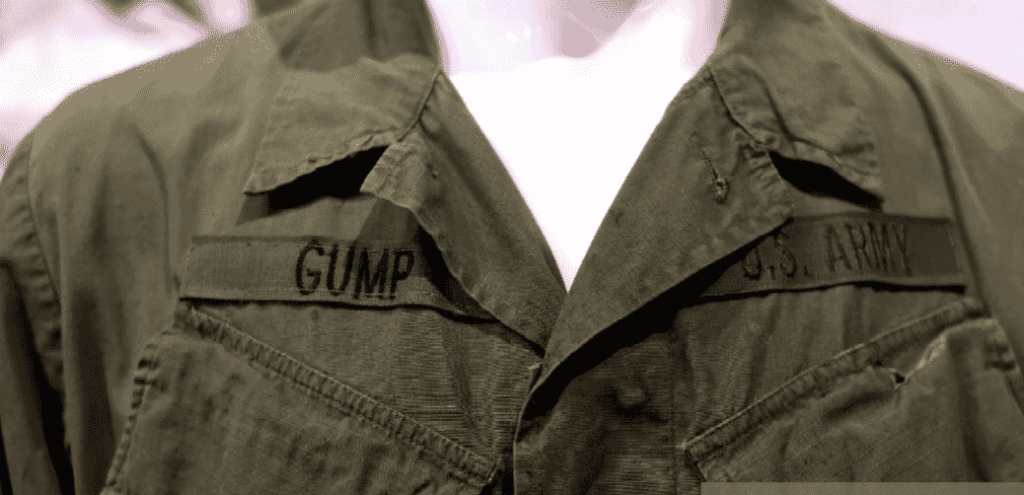
Sammy Davis, who coincidentally held the same name as a famous singer, enlisted in the army at a young age in 1965. After training, Davis was quickly deployed to Vietnam, where he would earn himself the title, “The Real Forrest Gump”
Like Tom Hanks’ Forrest Gump, Davis saw combat during his time in Vietnam. In 1967, Davis’ unit was stationed near Cai Lay to establish a fire-support base called Firebase Cudgel. Less than 24 hours upon arrival, Davis’ 42-man unit was ambushed by an estimated 1500 Viet Cong soldiers with only a river to separate the two sides.
Much like Gump, Davis fought with everything he had, but his biggest act of heroism occurred when Davis crossed the river, despite not knowing how to swim, because he heard some of his men on the side of the Viet Cong. Upon arrival, Davis found a handful of his men severely injured from the fight. Davis gave each of the injured men morphine and like the fictional Forrest Gump, brought each of the injured men to a safe location where they could reside until the fight was over.
After making sure that the men were safe, he resumed fighting in the all-night battle that resulted in Davis’s back injury and an all-too-familiar wound to his buttocks. While in the hospital for his injuries, Davis was ordered to be sent home but eventually convinced his General to stay with his unit as a cook. About a year later, Lyndon B. Johnson awarded Sammy Davis with the medal of honor. The video footage captured at the event would later be edited and repurposed for the Forrest Gump film where Gump receives the medal of honor from Lyndon B. Johnson.
While Forrest Gump serves as a classic, inspirational tale, it’s important to remember the tale of the man who actually acted out the fictional character’s bravery.





